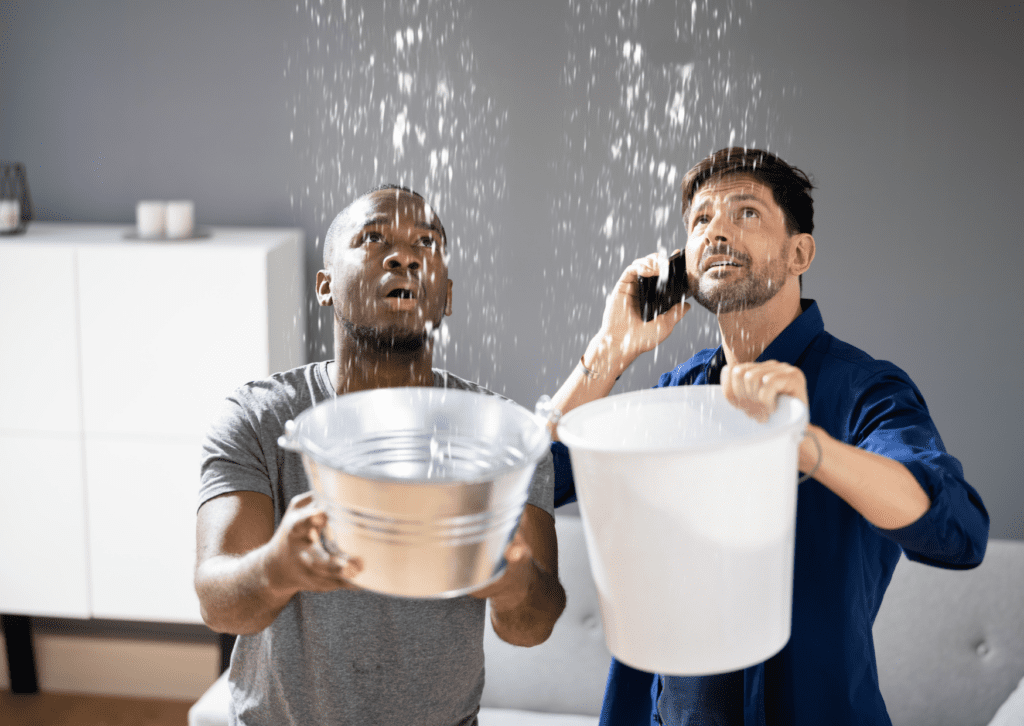
At M&E Painting and Roofing, we understand how crucial a sturdy roof is for protecting your home. We often get asked about the common causes of roof leaks and how homeowners can prevent them. In this comprehensive guide, we’ll explore the various factors that lead to a leaky roof and provide actionable tips to keep your home safe and dry.
What Are the Most Common Causes of Roof Leaks?
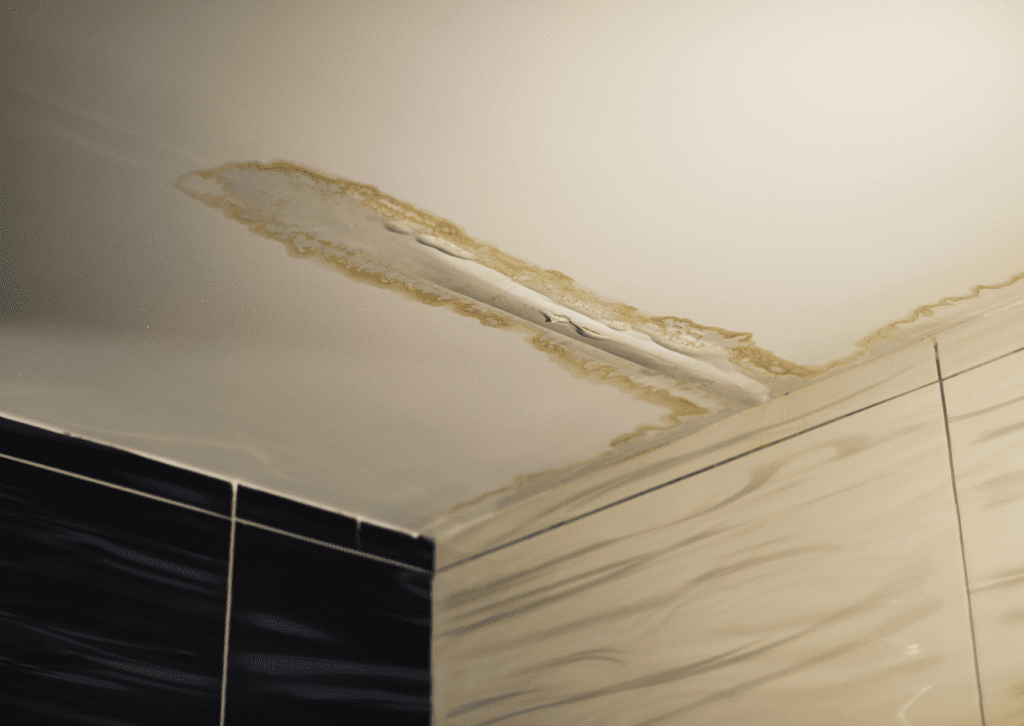
Roof leaks are a homeowner’s nightmare, often leading to unexpected water damage and costly repairs. They can occur due to various factors, making it essential to identify the actual leak source for effective repair. Common culprits include missing shingles, clogged gutters, and damaged flashing. Water intrusion typically begins at vulnerable areas on your roof and can lead to significant problems if not addressed promptly. Understanding these causes helps in preventing further damage and maintaining the integrity of your home.
How Do Damaged or Missing Shingles Lead to Roof Leaks?

Damaged shingles or missing shingles expose your roof’s underlayment to the elements, making it susceptible to water infiltration. When shingles are compromised, the protective barrier of your roof weakens, allowing water intrusion during heavy rain or severe weather. Over time, this can lead to a leaking roof, causing damage not only to the roof itself but also to the interior of your home.
What Causes Shingles to Become Damaged or Missing?
Shingles can become damaged or go missing due to several reasons. Severe weather conditions like storms, hail, and heavy rain can dislodge or break them. Aging roofing materials naturally deteriorate over time, losing their effectiveness. Improper installation by inexperienced contractors can also result in poorly installed shingles that don’t withstand the elements. Additionally, physical damage from falling tree branches or debris can cause shingles to crack or come loose.
How Can You Spot Damaged Shingles?
Regular roof inspections are crucial. Look for signs like curling, cracking, or missing shingles. You might notice granules from the shingles collecting in your gutters, indicating wear. Loose or exposed roofing nails can also be a sign of shingle damage. Inside your home, watch for water stains on the ceiling or interior walls, which could signal a leaking roof due to compromised shingles.
Can Clog Gutters Cause Roof Leaks?

Absolutely, clogged gutters can lead to water pooling and overflow, which can cause roof leaks. When gutters are blocked by leaves, tree branches, and other debris, they can’t channel water away from your home effectively. This blockage causes water to overflow, seeping into the roof edge and fascia board, potentially damaging the roof decking and leading to water infiltration.
How Do Clog Gutters Lead to Water Pooling?
When gutters are clogged, rainwater has nowhere to go. Instead of being directed away from your home, it spills over the sides of the gutters. This overflow can saturate the ground around your home’s foundation or, worse, seep into the roof structure. Excess water can deteriorate the roof decking, causing rot and weakening the structural integrity of your roof.
What Is the Impact of Debris on Gutters?
Debris like leaves, twigs, and other debris can accumulate in gutters, especially during the fall season. This accumulation increases moisture levels and promotes mold growth and mildew growth in the affected areas. Over time, the added weight can cause gutters to sag or pull away from the house, creating gaps where water can enter. Regular gutter cleaning is essential to keep your roof clear and functioning properly.
Why Is Flashing Around Roof Features Crucial?
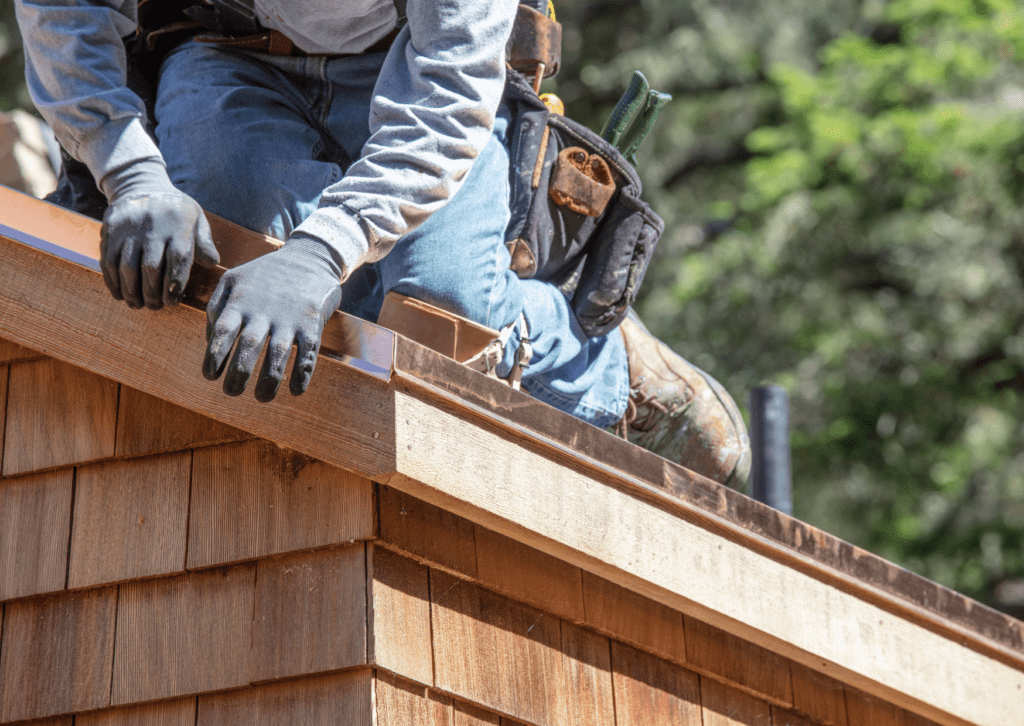
Flashing around roof features like chimneys, vents, and skylights is essential to prevent water intrusion. Damaged flashing can create openings for water to seep into your home, leading to leaks around these structures. This can cause deterioration of interior walls, ceilings, and even the foundation if not addressed promptly. Most leaks occur in areas where flashing is present, making it crucial to ensure these areas are properly sealed. Regular inspection of flashing, especially around chimneys, can help identify potential issues before they lead to significant damage.
How Does Damaged Flashing Create Openings for Water?
Flashing is designed to direct water away from critical areas of the roof. When flashing is damaged or improperly sealed, it can’t perform this function effectively. Cracks, rust, or displacement can allow water to penetrate the roof, leading to water infiltration. Over time, this can result in significant damage to the structural components of your home. Fixing leaks caused by damaged flashing often requires installing new flashing to ensure proper water diversion. It’s important to address flashing issues promptly, as they are a common source of roof leaks that can cause extensive damage if left unattended.
What Is Step Flashing and Its Role in Preventing Leaks?
Step flashing is a type of flashing used where the roof meets a vertical surface, such as a wall or chimney. It involves installing L-shaped pieces of metal in layers with the shingles to create a watertight seal. Properly installed step flashing ensures water flows away from the exterior wall and doesn’t penetrate the roofing system. It’s crucial to prevent potential leaks in these junctions. A Roof leak can often occur in areas where step flashing is inadequate or damaged, making it essential to ensure this component is installed correctly and maintained regularly.
How Do Ice Dams Form and Cause Roof Leaks?

Ice dams are a common problem in colder climates, causing roof leaks during winter months. They form when heat from the house melts snow on the roof’s surface, which then refreezes at the colder roof edge, creating a barrier that prevents melting snow from draining properly.
What Are Ice Dams and How Do They Form?
Ice dams occur due to uneven temperatures on the roof. Warm air from the attic melts snow, and as the water runs down the roof, it reaches the colder eaves and refreezes, forming an ice dam. This process continues, and the dam grows larger, trapping more water behind it. The standing water can seep under shingles, leading to water infiltration and a leaking roof.
How Can Ice and Water Shield Help Prevent Damage?
Installing an ice and water shield under the shingles at the roof’s edges provides an extra layer of protection. This self-adhering membrane acts as a vapor barrier, preventing water from penetrating the roof deck even if it gets under the shingles. It’s especially effective in roof valleys and other vulnerable areas where ice dams are likely to form.
Are Roof Valleys Vulnerable Areas for Leaks?
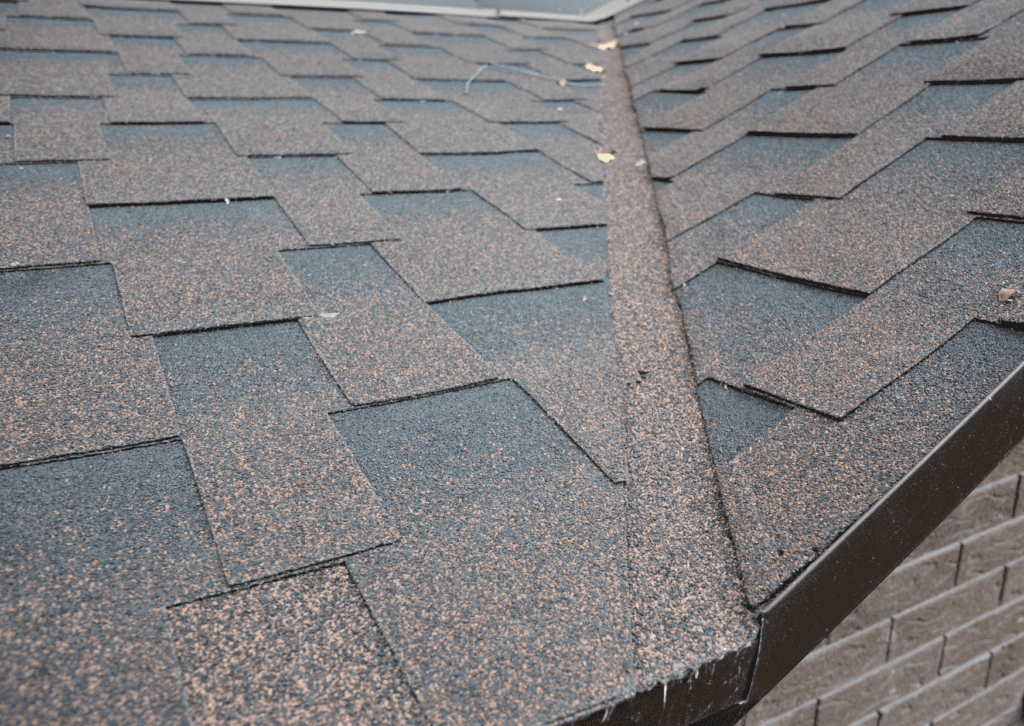
Yes, roof valleys are one of the most vulnerable areas for roof leaks. These are the spots where two roof planes meet, forming a V-shaped channel that allows water to run off.
Why Are Roof Valleys Susceptible to Water Intrusion?
Due to the high volume of water that flows through roof valleys, they are prone to wear and tear. If the roofing material in these areas is damaged or improperly installed, it can lead to water intrusion. Debris accumulation can also trap moisture, causing the underlying materials to deteriorate.
How Can Proper Installation and Maintenance Prevent Leaks?
Ensuring that roof valleys are correctly installed with appropriate materials is crucial. Regular inspections and maintenance can help identify issues like cracks or damaged shingles in the valleys. Keeping the valleys clear of debris prevents water from pooling and reduces the risk of leaks.
Can Improper Installation Lead to Roof Problems?
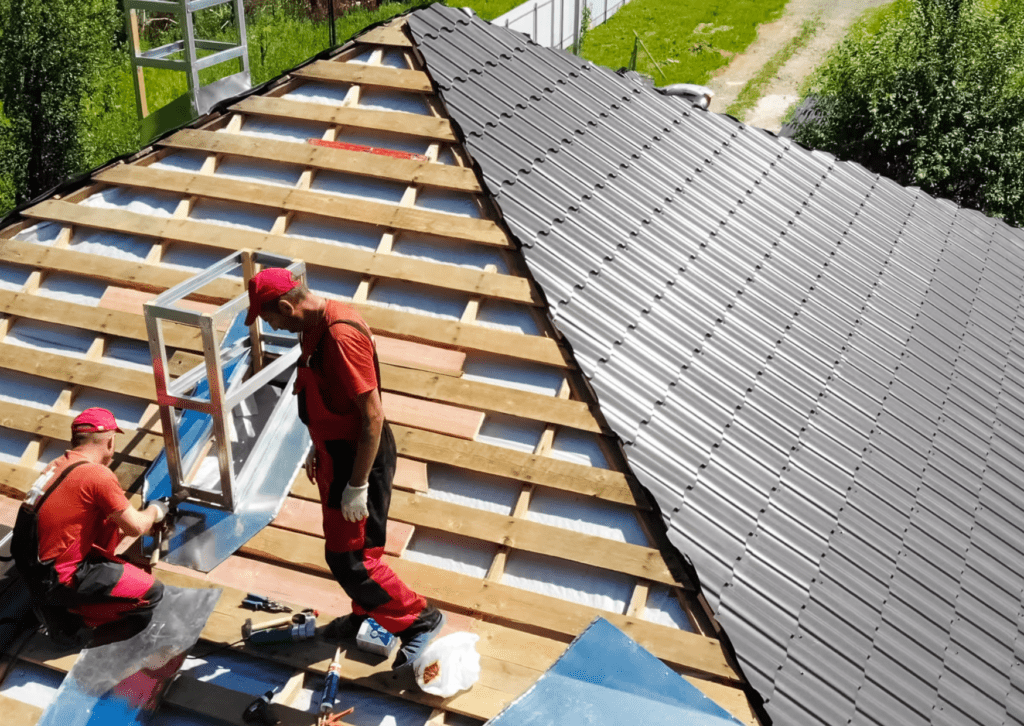
Absolutely, improper installation is a leading cause of roof problems and leaks. A roof that isn’t installed according to roofing industry standards can have multiple vulnerabilities.
How Does Poor Installation Affect Roof Performance?
Issues like misaligned shingles, inadequate underlayment, and improperly installed flashing can all result from improper installation. Such mistakes can create gaps and weaknesses, allowing water intrusion. Over time, this can lead to extensive damage and costly repairs that could have been avoided with proper installation.
Why Choose Experienced Professionals for Roof Installation?
Hiring experienced contractors like M&E Painting and Roofing ensures your roof is installed correctly. We use high-quality roofing materials and follow industry best practices to provide a durable, leak-free roof. A properly installed roof not only protects your home but also enhances its value.
What Role Do Vent Boots and Roof Vents Play in Leaks?

Vent boots and roof vents are essential components of your roofing system, allowing for ventilation and sealing around protrusions. However, they can be sources of leaks if not maintained properly.
How Can Vent Boots Cause Roof Leaks?
Vent boots cover the pipes that protrude from the roof, sealing out water. Over time, the rubber or plastic materials can crack or deteriorate due to exposure to the elements. This deterioration creates gaps where water can enter, leading to water damage inside your home.
How to Maintain Vent Boots and Roof Vents?
Regular inspections can identify issues with vent boots and roof vents. Look for signs of cracking, peeling, or gaps in the seals. Replacing old or damaged flashing around vents and applying fresh roofing caulk can prevent potential leaks.
How Do Tree Branches and Debris Affect Your Roof?
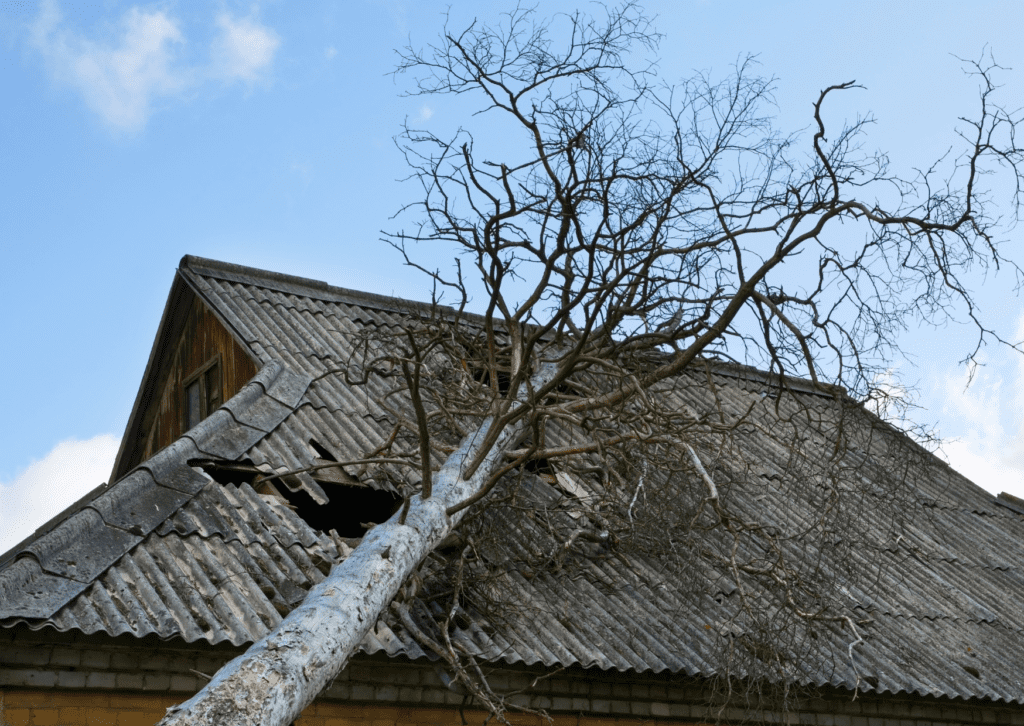
Overhanging tree branches and accumulated debris can have a detrimental effect on your roof’s health.
What Damage Can Tree Branches Cause?
Branches that touch or scrape your roof can wear down the protective granules on shingles, leading to damaged shingles. In storms, broken branches can fall onto the roof, causing immediate roof leaks or structural damage.
How Does Debris Accumulation Lead to Roof Problems?
Leaves, pine needles, and other debris can collect on your roof and in gutters. This accumulation retains moisture against the roof’s surface, promoting rot and mold growth. It can also lead to clogged gutters, exacerbating water overflow issues.
How to Prevent Damage from Trees and Debris?
Regularly trim overhanging branches to prevent them from touching your roof. Keep your roof and gutters clean to maintain a roof clear of debris. These simple steps can significantly reduce the risk of roof leaks and extend the life of your roofing system.
Why Is Regular Inspection Essential to Prevent Leaks?
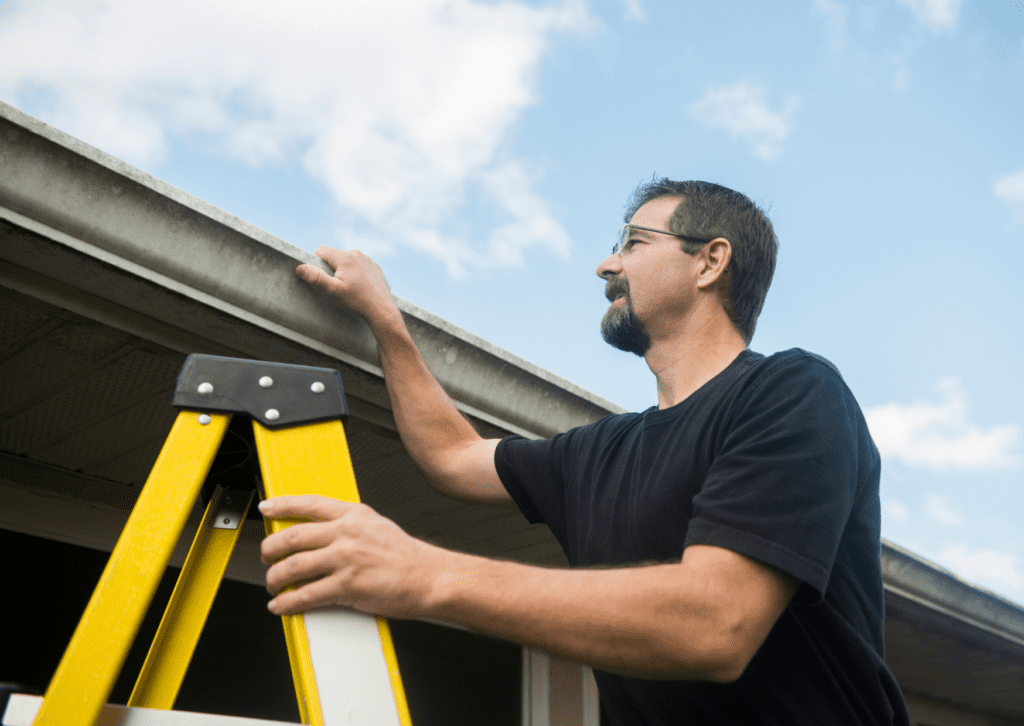
Conducting regular inspections of your roof is vital in maintaining its integrity and preventing leaks.
What Are the Benefits of Regular Roof Inspections?
Regular inspections help identify issues like damaged flashing, missing shingles, or deteriorated seals before they become major problems. Early detection allows for timely repairs, preventing significant damage and saving money in the long run.
How Does M&E Painting and Roofing Assist with Inspections?
At M&E Painting and Roofing, we offer comprehensive roof inspection services. Our experts thoroughly assess your roof, identify vulnerable areas, and provide recommendations for maintenance or repair. Regular inspections ensure your roof remains in optimal condition, protecting your home from the elements.
What Are Temporary Solutions for Fixing Roof Leaks?
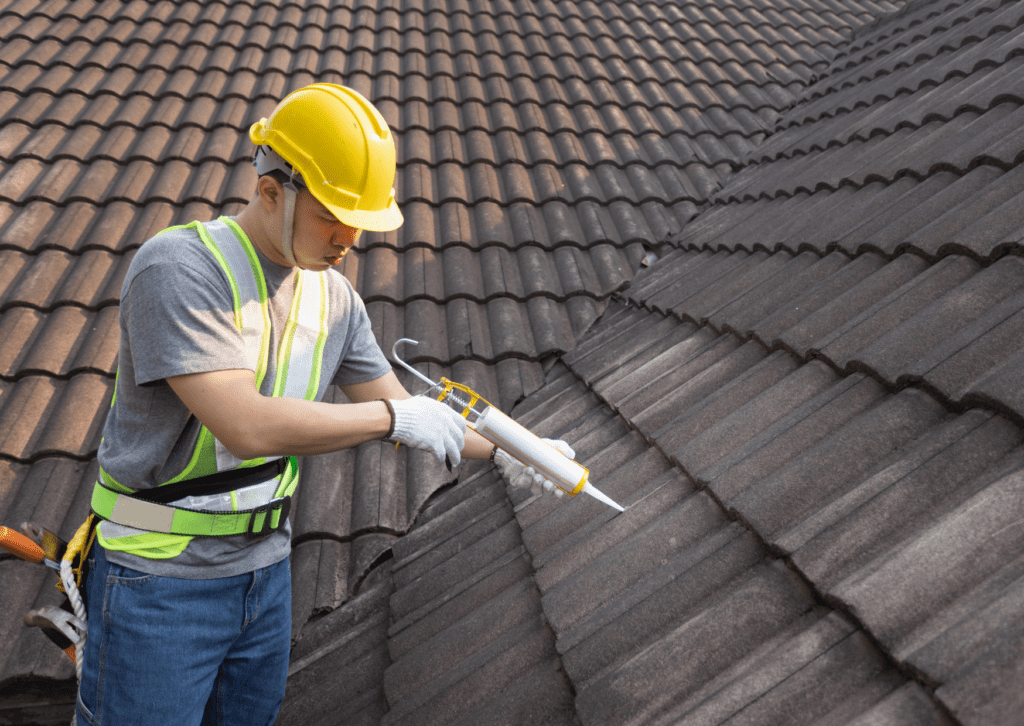
While professional repair is always recommended, sometimes you need a temporary solution to mitigate damage until help arrives.
When Should You Use Roof Sealant or Roof Cement?
Products like roof sealant or roof cement can be used to patch small leaks or cracks temporarily. They are ideal for sealing around nail heads, minor gaps, or cracks in shingles.
How to Apply a Temporary Fix Safely?
Before applying any sealant, ensure the area is clean and dry. Use a putty knife to apply the sealant evenly over the damaged area. Exercise caution when accessing your roof to avoid accidents. Remember, these fixes are temporary and should be followed up with professional repair.
When Should You Consider Repairing vs. Replacing Your Roof?
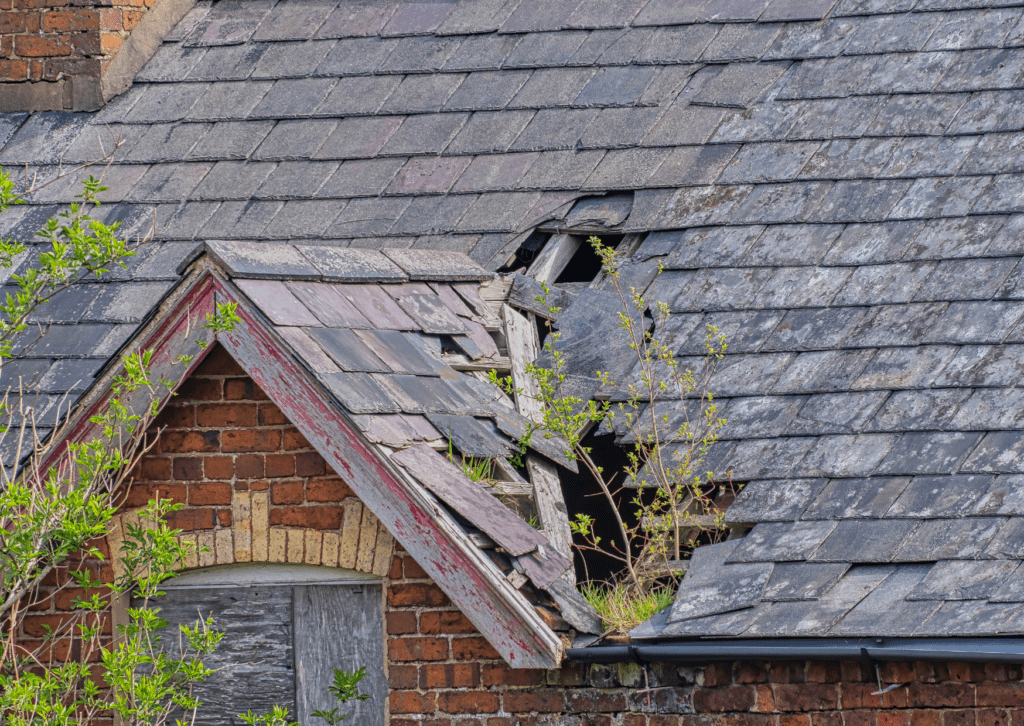
Deciding between a repair and a new roof depends on several factors, including the extent of damage and the age of your roof.
Factors to Consider for Roof Repair
- Localized damage: If the issue is confined to a small area, a repair might suffice.
- Roof age: If your roof is relatively new, repairing damaged sections is often the best option.
- Budget considerations: Repairs are generally less expensive than a full replacement.
Factors to Consider for Roof Replacement
- Extensive damage: Widespread issues or structural problems may require a new roof.
- Older roofs: Roofs nearing the end of their lifespan (typically 20-25 years) are candidates for replacement.
- Frequent leaks: Recurrent leaks indicate underlying issues that a repair may not resolve.
Consulting with professionals like M&E Painting and Roofing can help you make an informed decision based on your specific situation.
How Can You Prevent Mold Growth Due to Roof Leaks?
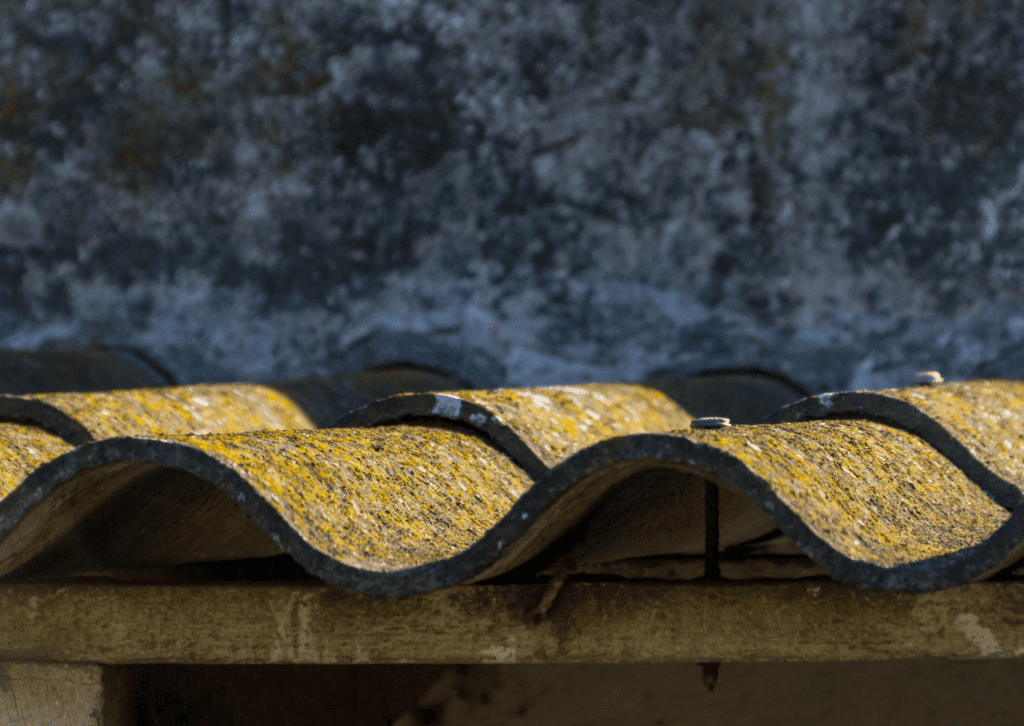
Preventing mold growth is essential for maintaining a healthy living environment, as mold can pose health risks and damage your home’s structure.
What Are the Signs of Mold and Mildew Growth?
Indicators of mold and mildew growth include:
- Musty odors in the attic or upper levels of your home.
- Visible mold spots on the ceiling, walls, or in the affected areas.
- Increased allergy or respiratory symptoms among occupants.
How Does a Leaking Roof Affect Interior Walls and Ceilings?
A leaking roof allows moisture to seep into insulation, drywall, and other building materials. This moisture creates an ideal environment for mold growth and can lead to the deterioration of interior walls and ceilings. Over time, this can compromise the structural integrity of your home.
How to Prevent Mold Growth from Roof Leaks?
- Promptly fix leaks: Address any roof leaks immediately to prevent moisture accumulation.
- Ensure proper ventilation: Adequate airflow reduces moisture levels in the attic and other areas.
- Regular inspections: Periodic checks can identify leaks or moisture issues early on.
By taking these steps, you can protect your home from mold and maintain a healthy environment for your family.
Protect Your Home—Contact M&E Painting and Roofing for a Free Inspection Today!
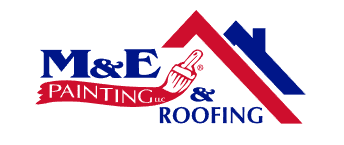
Don’t wait for roof leaks to cause extensive damage to your home. Prevent leaks and ensure your roof is in top condition by scheduling a regular inspection with M&E Painting and Roofing. Our experts are here to help you keep your home safe, dry, and comfortable.
We hope this guide has shed light on the common causes of roof leaks and how you can prevent them. At M&E Painting and Roofing, we’re committed to helping you maintain a sturdy, leak-free roof. Remember, proactive maintenance and timely repairs are key to safeguarding your home against the elements.
